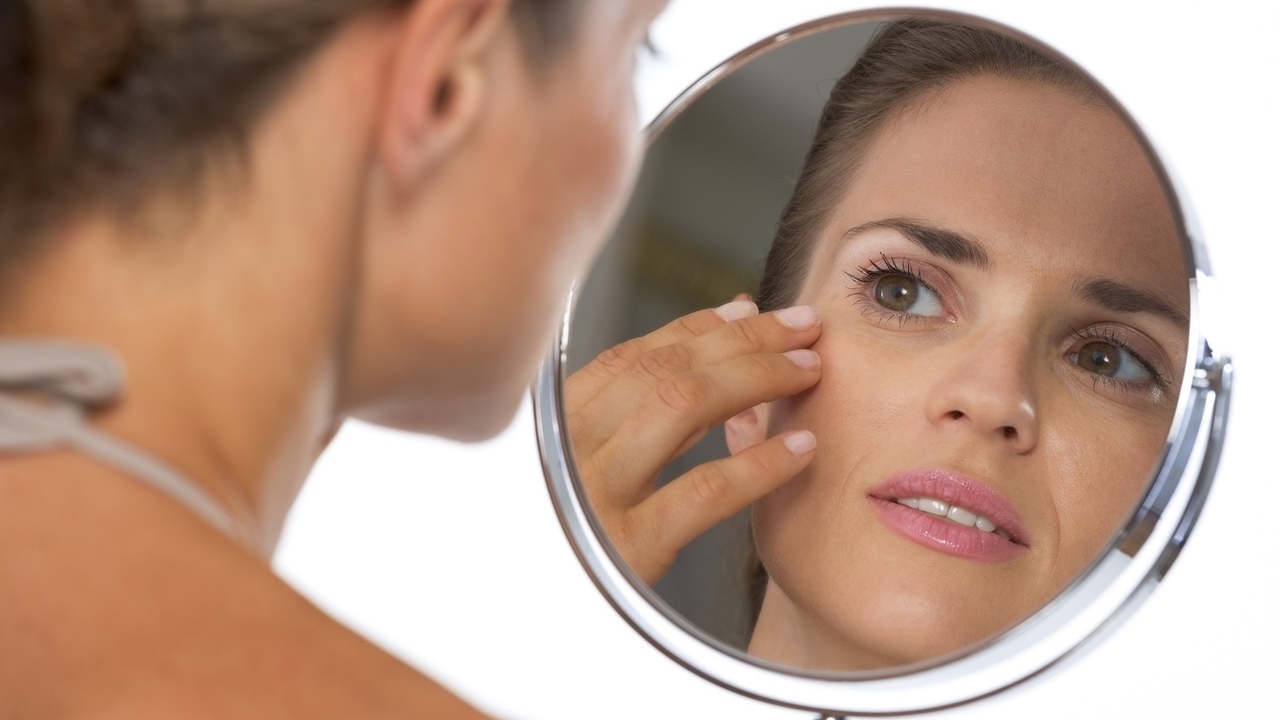It’s common knowledge that some people are better at telling lies than others. Now, researchers at the University of Utah are using eye-tracking software to develop a new method to uncover the truth.
The long-accepted method for uncovering lies is the polygraph. This device, which is actually a combination of medical instruments, is used to monitor changes in the person who is being questioned. The polygraph machine records heart rate, blood pressure, breathing rate, and sweatiness during questioning. The operating principle is that even if a person who is lying looks calm and under control, emotional reactions that affect breathing, sweating, and other functions will show measurable changes on the testing equipment.
The team of educational psychologists at the University of Utah is taking another approach to catching people in lies. Their method used eye-tracking technology to measure cognitive reactions or how the brain responds to various questions. The person taking the test answers a list of “true or false” questions on a computer. While the test is underway, researchers take measurements including pupil dilation, response time, reading and rereading time, and errors.
The test is based on the idea that lying takes more effort than telling the truth. So they compare the measurements with the list of questions to determine when the subject was working harder. They say a person who is lying may have dilated pupils and may take longer to read and answer the questions that someone who is telling the truth. Because these changes in reactions are very small, they cannot be observed simply by watching the subject. The testing equipment requires sophisticated measuring equipment and software to detect the changes.
The research team believes eye-tracking will prove to be more accurate at catching people who are lying than traditional polygraphs. In addition, eye-tracking costs appear to be substantially lower than polygraph tests, in part because the eye-tracking test can be given in any language by a technician without the costs of a trained polygraph expert.
The University of Utah recently licensed this new technology to Credibility Assessment Technologies (CAT). They believe eye-tracking will eventually strengthen national security by giving U.S. government agencies a more advanced method of determining the truth.
Sources:
PhysOrg.com
All About Vision
How Stuff Works




Add a CommentComments
There are no comments yet. Be the first one and get the conversation started!